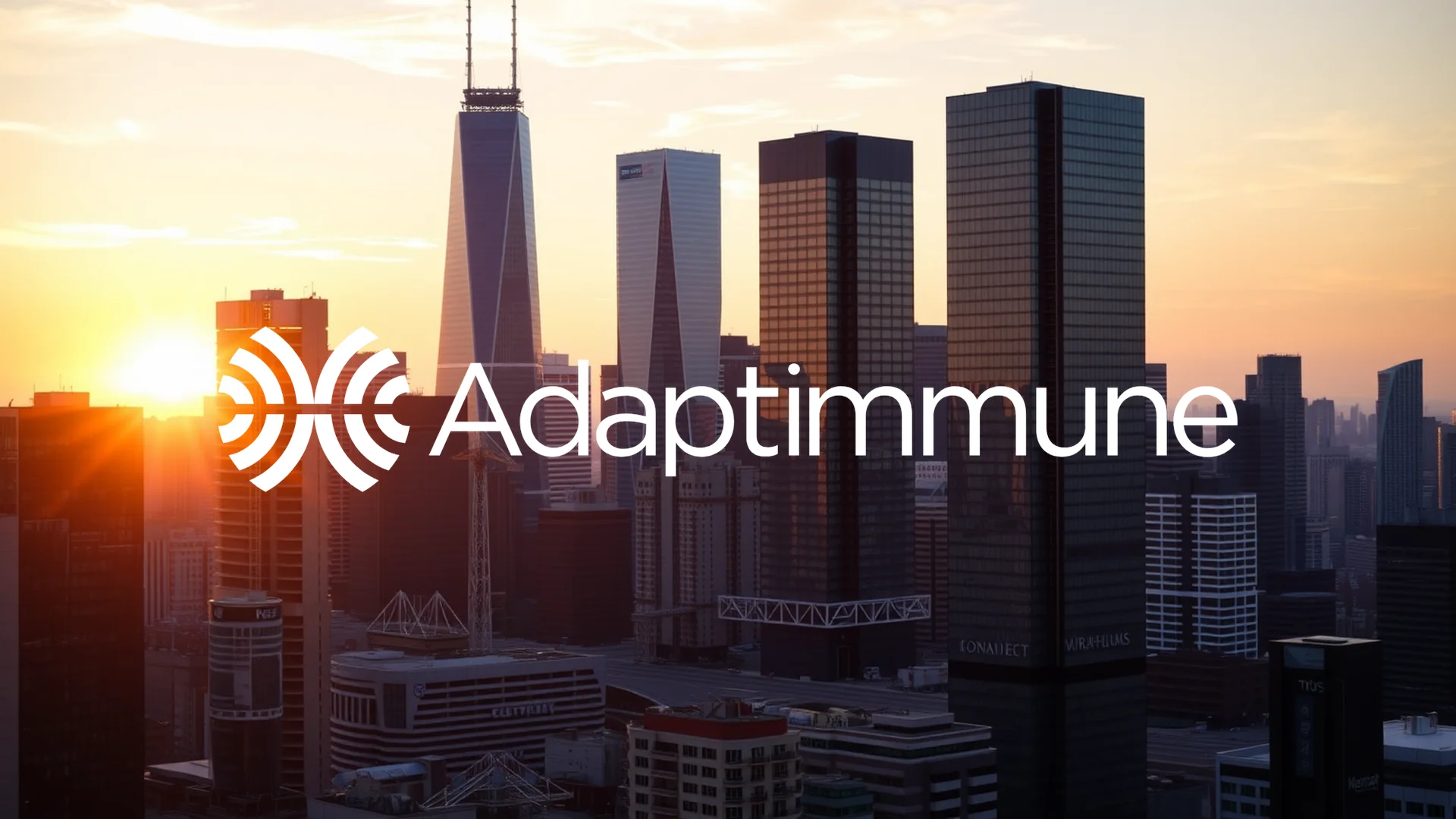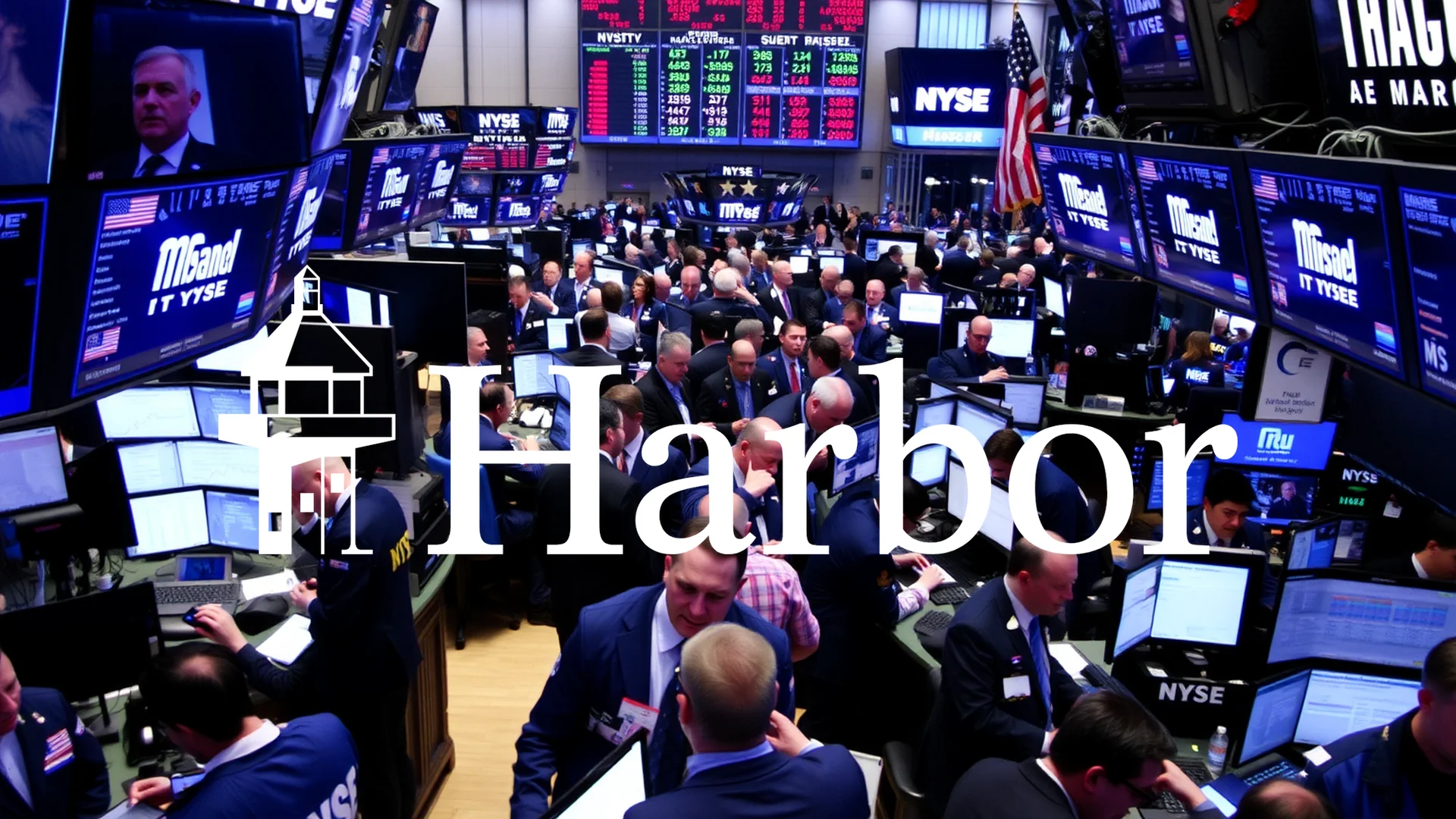Investors in Viking Therapeutics experienced a brutal lesson in market dynamics this week. The biopharmaceutical company’s shares collapsed by more than 40%, a severe drop that occurred despite the announcement of highly promising data for its weight-loss drug candidate, VK2735. This counterintuitive reaction has left market observers questioning why a treatment demonstrating 12.2% weight loss after a mere 13 weeks would trigger such a significant sell-off.
A Closer Look at the Stellar Efficacy
The results from the Phase 2 VENTURE study were, by most measures, exceptional. Participants receiving the highest dose of VK2735 achieved an average weight reduction of 12.2% in just over three months. This efficacy appears to outpace established competitors, who often require more than a full year of treatment to achieve similar or only marginally better results. Market experts widely praised the outcome, noting a clear dose-response relationship and continuous weight loss progression throughout the trial period.
Tolerability Concerns Overshadow Positive Data
However, the initial enthusiasm was quickly tempered by a deeper analysis of the trial’s details. Scrutiny shifted to the drug’s side effect profile, which gave investors pause. The data revealed that 58% of trial participants reported experiencing nausea, while 26% suffered from vomiting. These gastrointestinal issues contributed to a notably high discontinuation rate within the study, immediately raising questions about the long-term commercial viability of the treatment. In the fiercely competitive obesity drug market, patient tolerability is a critical determinant of a product’s ultimate success.
Should investors sell immediately? Or is it worth buying Viking Therapeutics?
Nuances in the Data Suggest a Potential Overreaction
A more detailed examination of the clinical results reveals mitigating factors that the market’s knee-jerk reaction may have overlooked. The vast majority of the reported gastrointestinal adverse events were classified as mild to moderate in severity. Furthermore, the incidence of these complaints decreased significantly after the initial three weeks of treatment, suggesting that patients may develop a tolerance to the drug.
Financially, Viking Therapeutics remains on solid ground with cash reserves exceeding $800 million, positioning it well to fund subsequent development phases. Several analysts have maintained their bullish price targets on the stock, interpreting the severe drop as a potential buying opportunity fueled by panic rather than a rational reassessment of the drug’s prospects. The central question remains whether the market’s punishing response was a warranted evaluation of commercial hurdles or a significant overreaction to standard developmental challenges.
Ad
Viking Therapeutics Stock: Buy or Sell?! New Viking Therapeutics Analysis from November 20 delivers the answer:
The latest Viking Therapeutics figures speak for themselves: Urgent action needed for Viking Therapeutics investors. Is it worth buying or should you sell? Find out what to do now in the current free analysis from November 20.
Viking Therapeutics: Buy or sell? Read more here...












